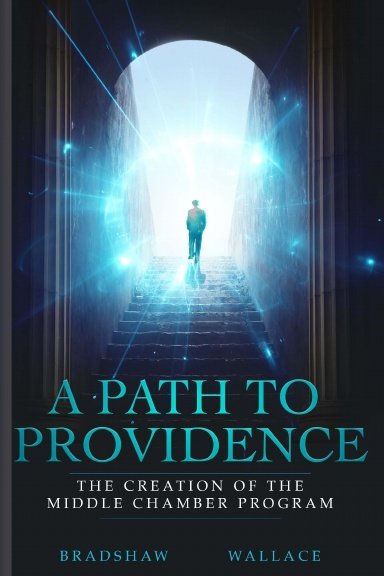By: Guest Contributor - Wor. David Tennison
In his book ‘But I Digress’ Dr. Jim Tresner responded to a Brother claiming that Jim was a ‘Masonic Expert’. Jim stated that he was not a Masonic Expert. In fact, he said, there is no such thing as a Masonic expert. Then he took it back. He said that there is one Masonic expert: You. You are the expert. Since masonry is an individual journey, you determine what it means to you. This is what the Working Tools of the Entered Apprentice Degree mean to me.
The Working Tools of the Ritual may be mystical pictures of ineffable ideas, but to me they are foremost actual tools of wood and metal, without which no man can long continue to be a man. They are used symbolically in the Ritual to represent all tools everywhere. Tools belong to work and therefore belong to man in his capacity as a worker. Tools are therefore not extraneous to man, detachable, accidental, or incidental, as if he could lay them down or take them up when he might fancy, but belong to what he is, and the tools in his hand belong as much to him as the teeth in his head. Nowhere in nature is there a way for a pair of shoes to be made, or a suit of clothes to grow out of the back of a sheep, or for bread to bake itself. It requires work, and therefore it requires tools.
The respect for labor itself and sympathy for the working classes are purely Masonic. Masonry has made the working man and his associates the heroes of her principal legend, and the companion of kings. Work should not be regarded as a curse but a blessing. To be able to work, to create something, whether it is a poem, a piston or a pot roast is a priceless privilege in which God allows us to participate in His creative nature. All work is noble. And every man has work to do in himself, upon his own soul and intellect.
The Entered Apprentice Degree is possibly my favorite degree. A new world opened before me and the old world was left behind. Groping in darkness as an Entered Apprentice, I was shown light, but only partially, in stages or degrees. At every turn I was instructed. Dr. Mackey suggests that initiates into the old Schools of Mystery or Knowledge are not permitted to enter the inter-sanctum or shown the secrets until they had been purified, usually by water or fire. He suggests that the Rule, Gavel and Apron are symbols of that purification.
I think that it is significant that I received the Working Tools of this Degree after I was given my Apron. I was told, among other things, to “let its pure and spotless surface be to you an ever present reminder of a ‘purity of life and rectitude of conduct,’ a never ending argument for nobler deeds, for higher thoughts and purer actions.” This signifies to me, that I am given a job, then given the tools.
The Twenty-four Inch Gauge is well explained in the ritual, but the significance of one point is sometimes overlooked. The Entered Apprentice is taught that he should rightly divide his time. Time is a precious commodity. There is no time to be wasted. There is no time to be idle. There is no time for waiting.
The implication is plain; I should be always ready to use my tools. Recall the words of Flavius to the workman in Julius Caesar, "Where is thy leather apron and thy rule? What does thou with thy best apparel on?" Freemasonry is not only for the lodge room but for life. Not to take the Twenty-four Inch Gauge into the world is to miss the practical application of Masonic labor and Masonic charity.
The origin of the word ‘gavel’ is unknown. Dr. Albert Mackey proposed that it came from the German word for gable and when you look at it you can see that it resembles the gable end of a roof. It is actually two tools: a hammer for crushing stone and a chisel for cutting stone. The ridge of the chisel is parallel to the handle enabling the stone cutter to get into corners, align his strikes with existing marks and direct the chips of rock away for him. It is a finishing tool that turns a rough stone into a finished stone. Stone masons of old had the skill to fit stones so precisely that mortar was not needed.
As an Entered Apprentice, I am reminded of my “rough and imperfect” state and of the need to gain understanding of my imperfections and control of my passions. It is through honest reflection and work that I form the foundation and build my personal temple.
The famous sculptor and ardent Freemason, Gutzon Borglum, asked how he carved stone into beautiful statues, once said, "It is very simple. I merely knock away with hammer and chisel the stone I do not need and the statue is there – it was there all the time."
In the Great Light we read: "The kingdom of heaven is within you." We are also taught that man is made in the image of God. As Brother Borglum has so beautifully said, images are made by a process of taking away. The perfection is already within. All that is required is to remove the roughness, the imperfect, "divesting our minds and consciences of all the vices and superfluities of life" to show forth the perfect man and Mason within. Thus the gavel becomes also a symbol for discovery.
Remember that it is a ‘common’ gavel. It is not the Master’s gavel. It is not a badge of authority. It is the gavel we hold ‘in common‘, tools of the mind which we all have. I am to use mine only on me, to perfect a simple life.
The Common Gavel is an instrument of power, force and change. But that force must be focused or it can result in destruction. That is where the other tool of the Entered Apprentice comes in. The 24 Inch Gage also represents Intellect. It is used to measure and lay out his work, directing the change.
A vice is a practice, behavior, or habit generally considered immoral, depraved or degrading in the associated society. In more minor usage it can refer to a fault, a negative character trait, defect or a bad or unhealthy habit. All cultures and religions recognize vices as human failings. The poet Dante Alighieri listed the following seven deadly vices in his work Inferno, associating them structurally as flaws in the soul’s inherent capacity for goodness as made in the Divine Image yet perverted by the Fall: They are 1. Pride or vanity 2. Envy or jealousy 3. Wrath or anger 4. Sloth or laziness 5. Avarice or greed 6. Gluttony and 7. Lust
These ‘corruptions of the soul’ as Dante would put it, are a part of me and I suppose all of us. They can appear without warning. They seem to have a mind of their own and they can consume me. And at times, I have been known to embrace them and take guilty pleasure in the damage they inflect. Such is the attraction of vice. They have ruined many great men.
But, if I am to be a mason, not just in name only; if I am initiated into manhood; if I am to learn to subdue my passions and improve myself, then I must recognize them and decide to remove them. I must keep my common Gavel with me at all times.
I am reminded of the Serenity Prayer: God grand me the serenity to accept the things I cannot change, the Courage to change the things I can and the Wisdom to know the difference. My Common Gavel gives me the courage to reconsider the way I react to the world around me.
I interpret superfluities of the mind and conscience as thoughts and feelings that are harmful to focus and purpose. To me, they are like distracting noise. Thoughts and feelings like worry, dread and anxiety. To progress in our gentle craft, I must concentrate. It requires honest reflection in order to attain a higher consciousness. Only through thought and study can I hope to come to a fuller understanding of myself and the cosmos. The common gavel keeps me focused.
By learning to use these tools, I am then able to better use the tools in later degrees. To better fit as a living stone for the Builder’s use.
I recently heard a Brother state that the purpose of Masonry is to help a man answer this question, ‘Who am I…really?’ That is a good question. It is my goal to answer that question. A goal worthy of my finest efforts.
_______________________________________
THANK YOU FOR READING THE LAUDABLE PURSUIT!
IF YOU ENJOYED THIS PIECE, PLEASE FEEL FREE TO SHARE IT ON SOCIAL MEDIA SITES AND WITH YOUR LODGE.
Also, visit us on Facebook: https://www.facebook.com/TheLaudablePursuit
_______________________________________




